Racing the Silver Arrows
Mercedes-Benz versus Auto Union 1934–1939
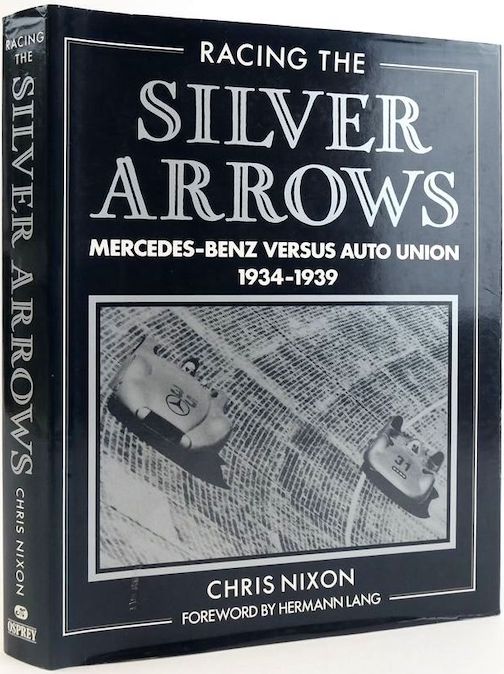 by Chris Nixon
by Chris Nixon
Grand Prix racing between the German Mercedes-Benz and Auto Union teams during the six years from 1934 through 1939 was probably one of the greatest, most spectacular and most important era in motor racing history. These two German teams almost completely dominated Grand Prix racing, mainly because of their technical superiority. Vast sums of money was paid to them by the German government. The side effects were that while Mercedes-Benz developed and manufactured aero engines for the Luftwaffe, the Auto Union Group manufactured tanks and other armored vehicles for the Wehrmacht.
This hefty tome tells the story of the rivalry between Mercedes-Benz and Auto Union in the period between 1934 and 1939. The author reveals that the rivalry started long before any cars were built when Auto Union muscled in on the 500,000 Reichsmarks (RM) 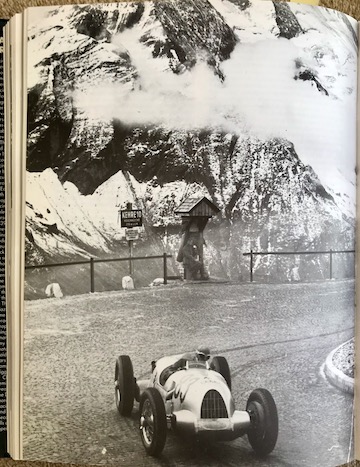 that Adolf Hitler had originally promised to Mercedes-Benz. Professor Ferdinand Porsche convinced Hitler that it was better to split the money between the two companies. Needless to say, Mercedes-Benz was none too happy.
that Adolf Hitler had originally promised to Mercedes-Benz. Professor Ferdinand Porsche convinced Hitler that it was better to split the money between the two companies. Needless to say, Mercedes-Benz was none too happy.
Nixon tells the story of the battle between these two marques and their silver cars, not just by covering the races, mountainclimbs and record attempts, but also by providing information on the people involved, drivers and others, including: Stuck, Fagioli, Caracciola, Dr. Ferry Porsche, Rosemeyer, Neubauer, Seaman, Nuvolari and thirteen more—twenty-one in total. These biographies and memoirs alone could have created a book, but here they are woven into each of the six chapters, one for each year.
The author makes use of a selection of material for each chapter. He has used the memoirs of a number of people who were involved with the teams at the time. These first-hand accounts are fascinating as well as adding an authenticity that might otherwise be difficult to introduce. Ghislaine Kaes provides some wonderful insights into the involvement of his uncle, Ferdinand Porsche. Had the Russians been successful in their attempt to head-hunt Professor Porsche there may never have been an Auto Union racing car to do battle with Mercedes:
“ One day we were visited by a delegation from Russia and they suggested that Professor Porsche become the chief designer for all Russian motor vehicles. They invited him to visit their country to see exactly what they had to offer. He accepted the invitation and went on his own. He was shown all over Russia—even some of the most secret places—and he was most impressed. But he decided not to accept the offer . . . because he couldn’t speak the language.”
Many of these little-known gems are scattered throughout the book.
Nixon has chosen period black and white photos to accompany the text. These appear on each page along with maps, race graphs, circuit diagrams and descriptions, and reprints of race reports and magazine articles from that time. In addition to the pictures that accompany the text, each chapter has a dedicated section comprising just photos and captions—“The Year in Pictures.” There are some great shots. A couple taken at mountainclimb events are stunning.
 If you are looking for a technical description of the cars and their development over the period you might be disappointed. Engine size, weight and other details are mentioned in the text but there isn’t a specific part of each chapter dedicated to the cars’ specifications, and there are no technical drawings or photos of components. In the section that contains Ferry Porsche’s memoir there is mention of Auto Union’s move to a limited slip diff and the advantage it gave them over Mercedes as they got their power onto the asphalt so much better.
If you are looking for a technical description of the cars and their development over the period you might be disappointed. Engine size, weight and other details are mentioned in the text but there isn’t a specific part of each chapter dedicated to the cars’ specifications, and there are no technical drawings or photos of components. In the section that contains Ferry Porsche’s memoir there is mention of Auto Union’s move to a limited slip diff and the advantage it gave them over Mercedes as they got their power onto the asphalt so much better.
At the end of the book there are sections that contain all the results for each year, tables of all the winners by team and driver, and a table of “Starts and Wins—Teams” which includes Scuderia Ferrari and Alfa Romeo. It is sobering to note that Guy Moll, Ernst von Delius, Bernd Rosemeyer, and Dick Seaman were all killed driving these cars over the six-year period.
The author finishes his book with a quote from Rodney Walkerley of The Motor magazine, from the 29 August 1939 issue:
“By the time these gems of prose appear in print everything I have written about future motor racing may read as so much nonsense, what with politics and one thing and another. I merely hope that I shall be here to write and you to read these notes next week.”
Six days later Britain declared war with Germany following its invasion of Poland.
The last pages contain a Bibliography, Photographic acknowledgements and an Index, all of which are comprehensive.
Racing the Silver Arrows is an enthralling book. I found myself captivated not just by the racing cars and races of the two famous marques, but also by the stories of the people involved, the financial machinations, the human relationships, and the politics and deteriorating world situation as Germany marched towards war.
An internet search revealed plenty of copies available priced between $60 and $500 depending upon condition, edition, signatures etc. The copy provided to me was a signed first edition [courtesy of www.motorbookworld.com.au]. It was priced at A$275 which is approximately US$184.
Copyright 2023, Peter Hill (speedreaders.info).


 RSS Feed - Comments
RSS Feed - Comments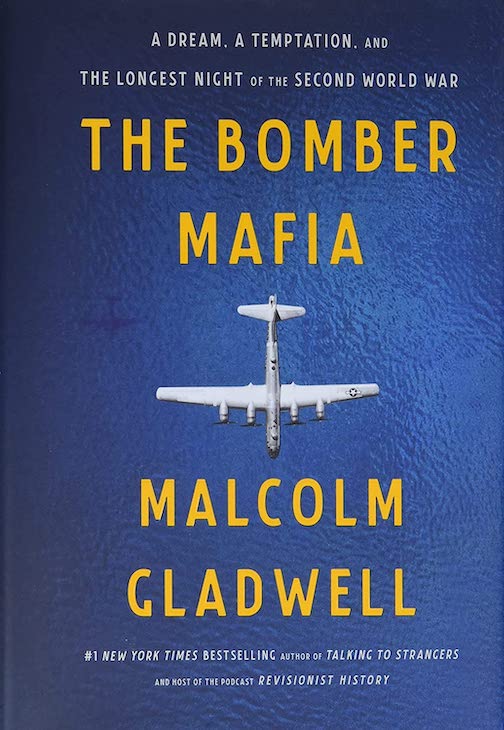
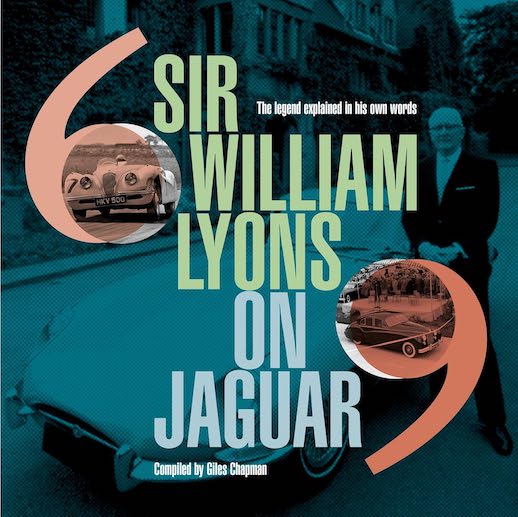
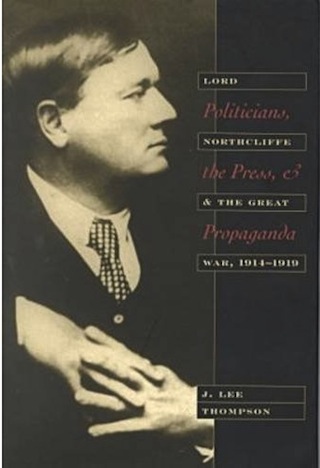
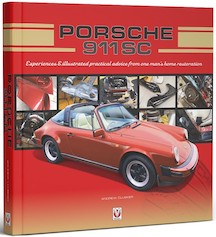
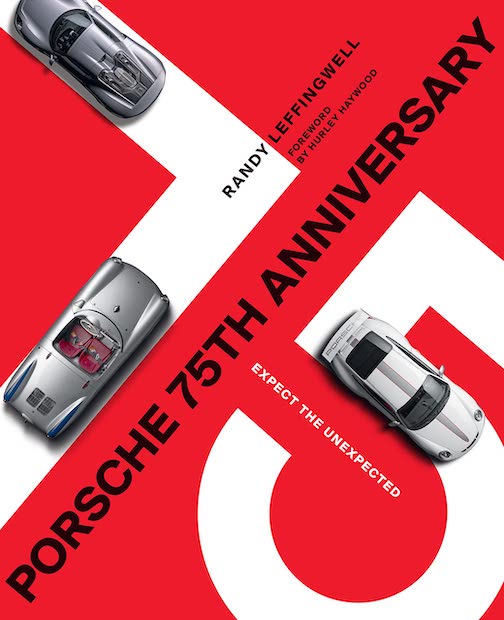
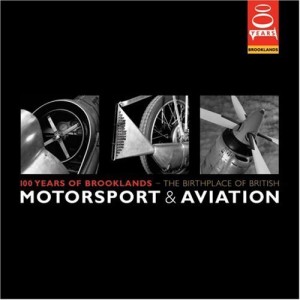
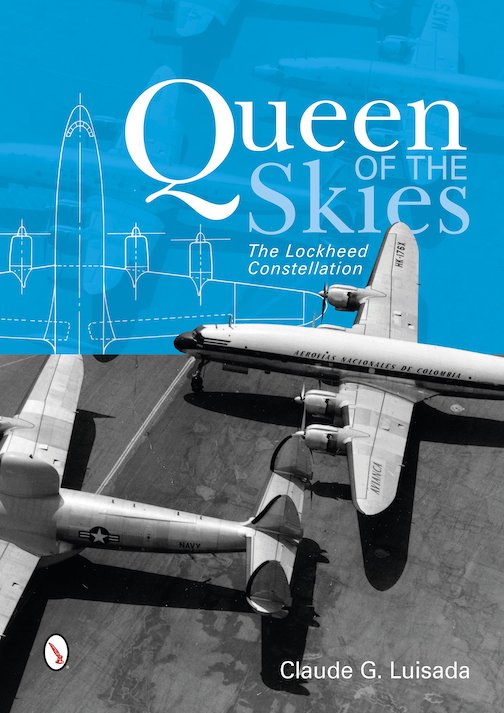
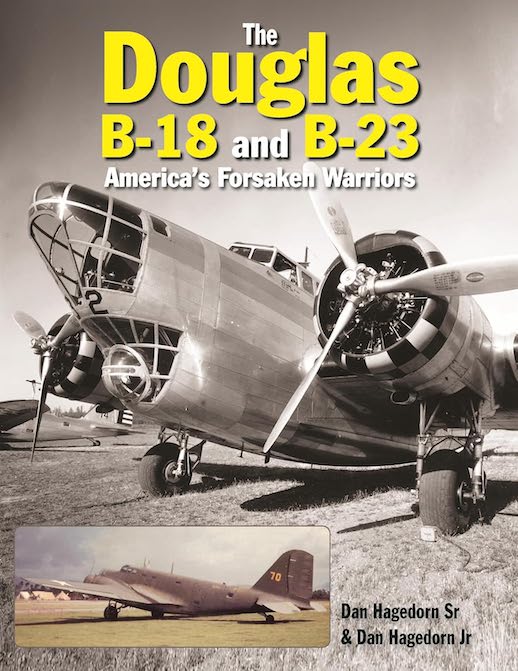
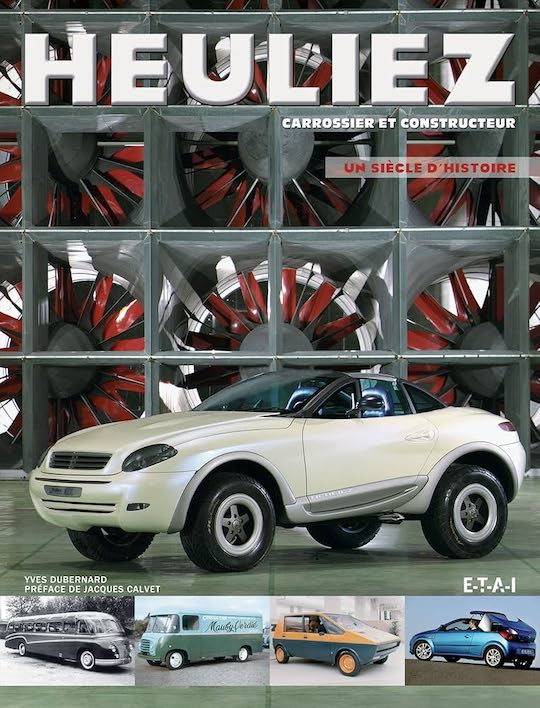
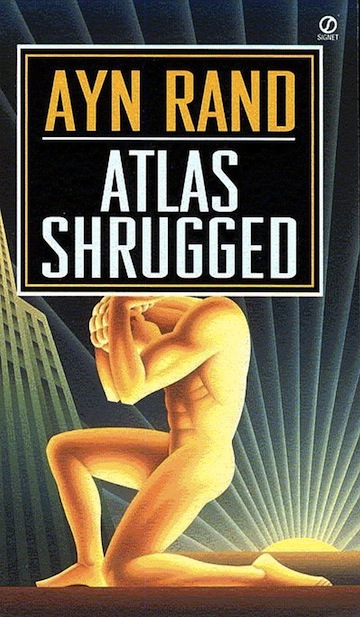
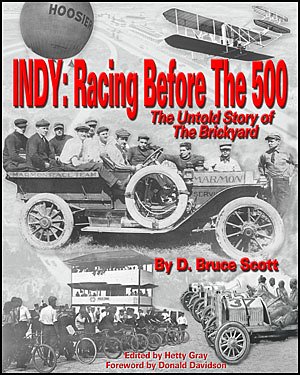
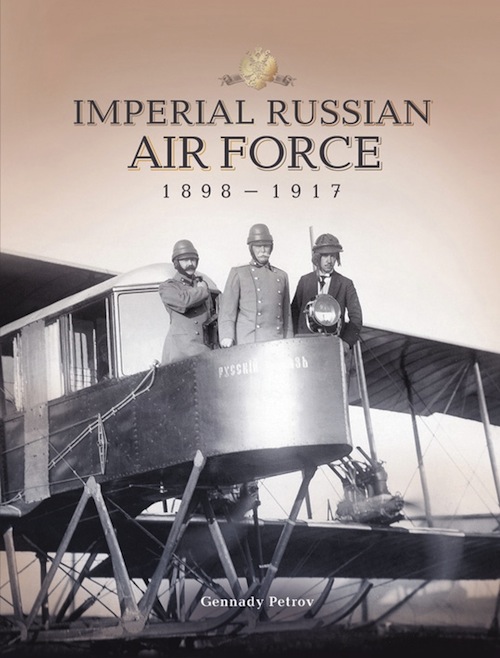
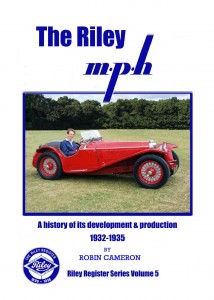
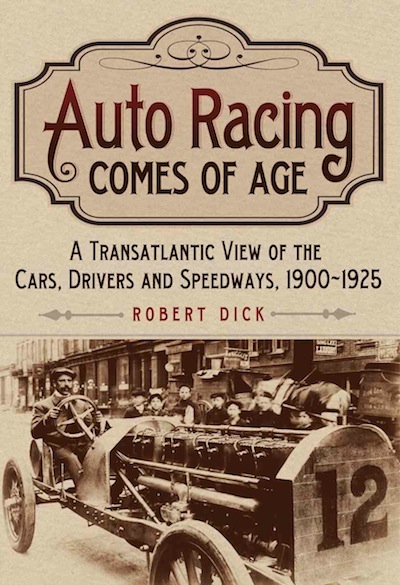
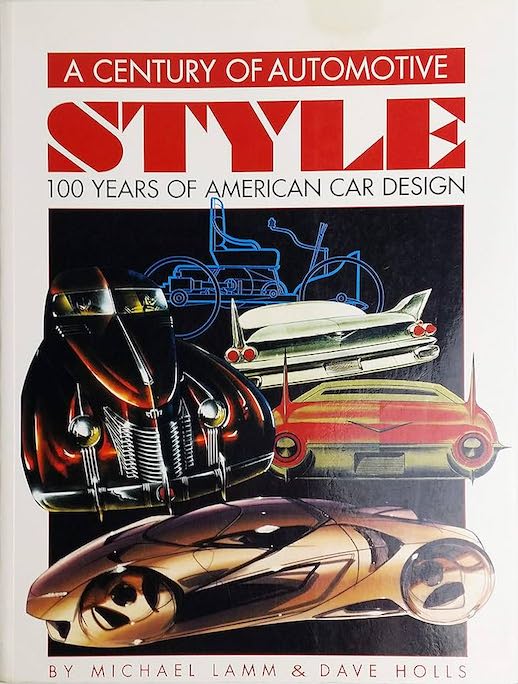
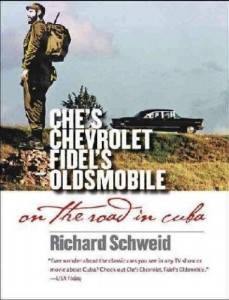
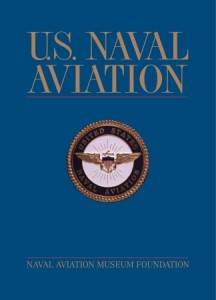
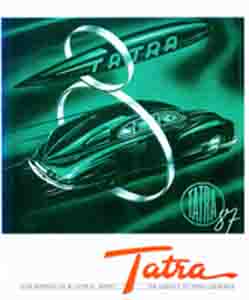
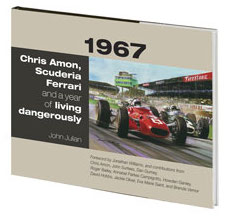
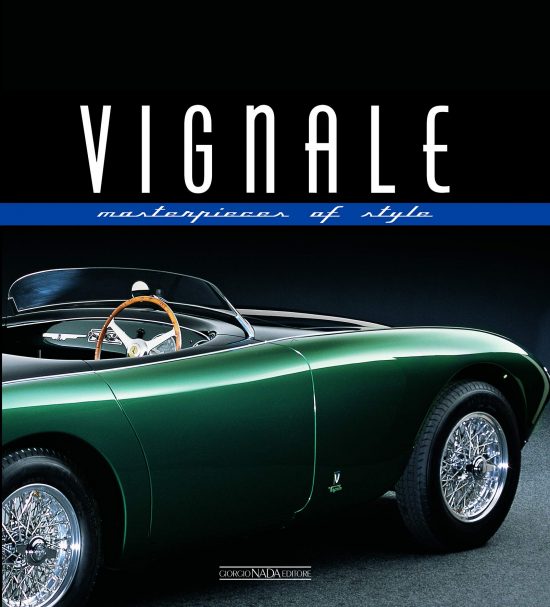
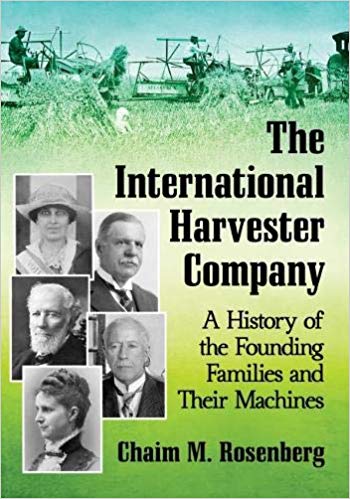
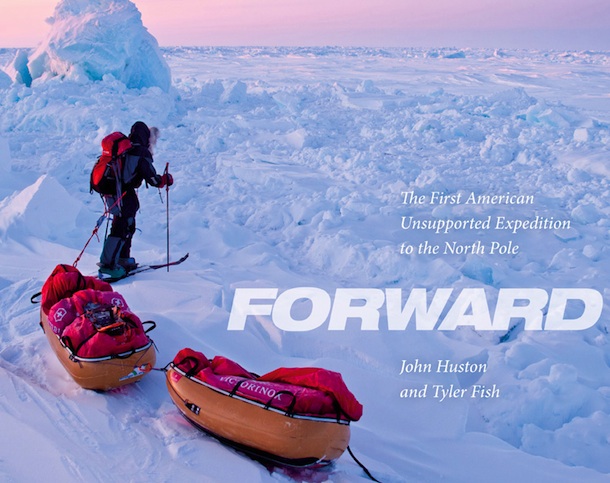
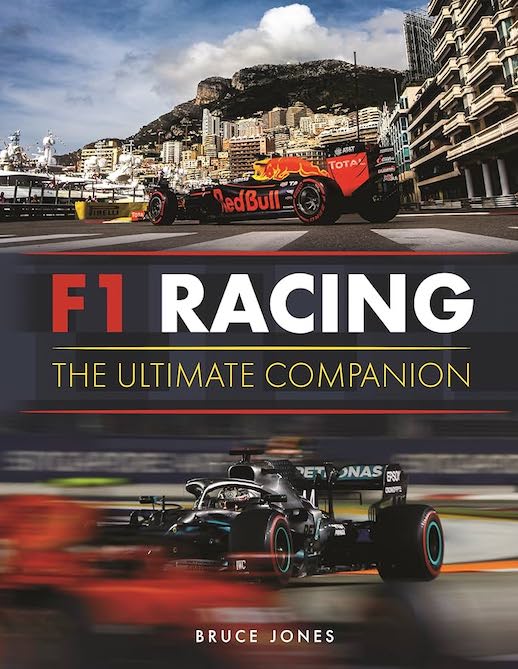
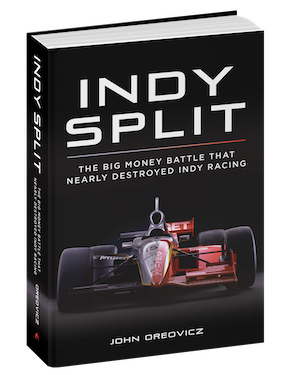
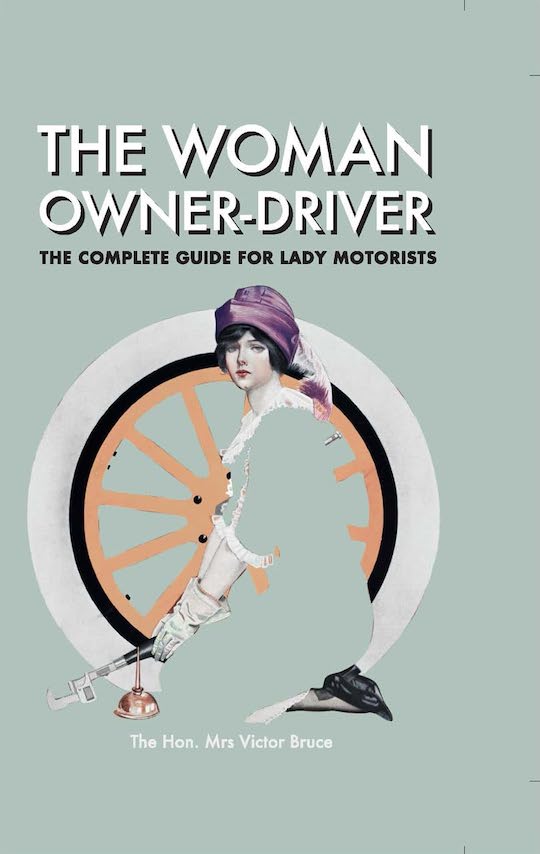
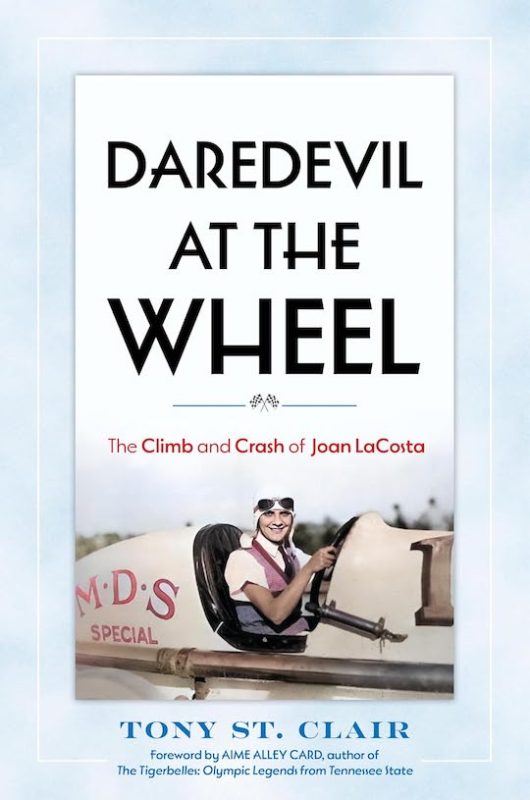
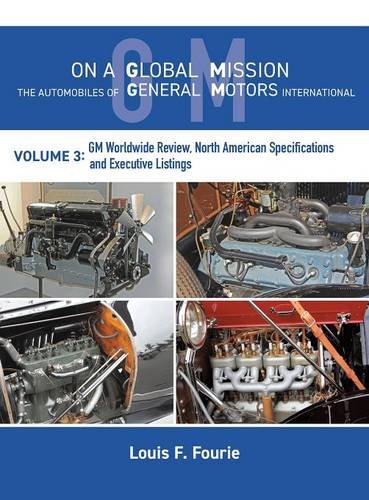
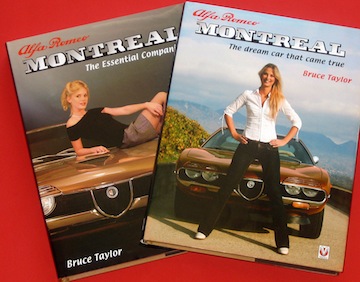

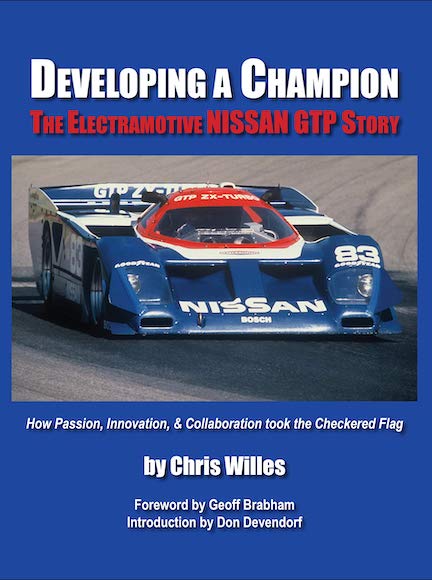
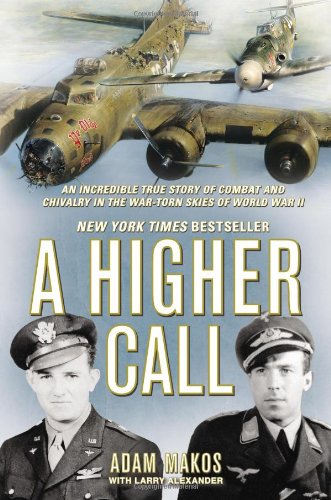
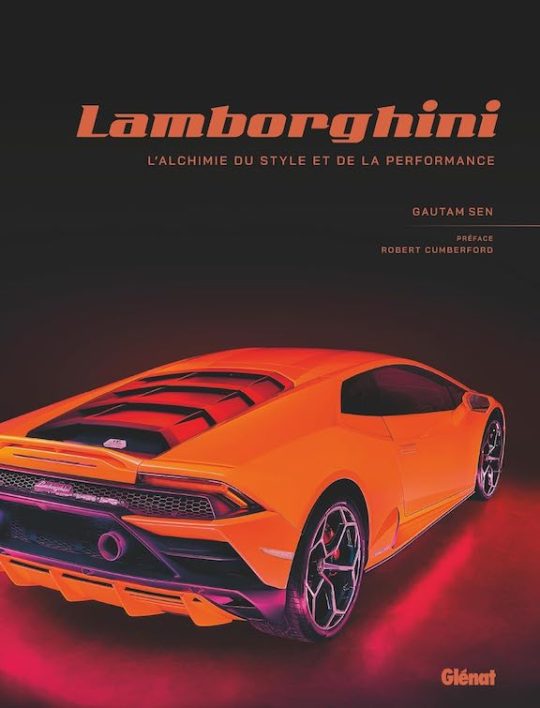
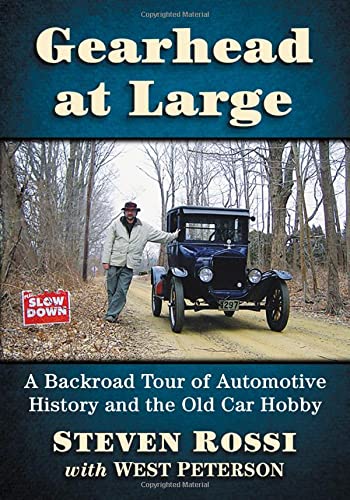
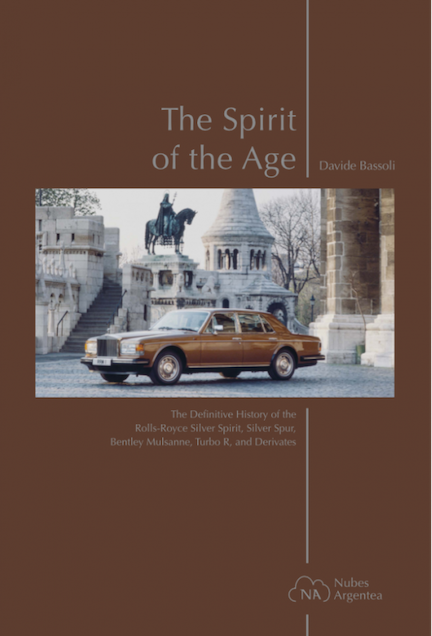
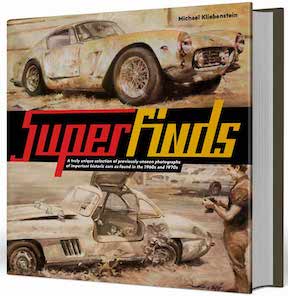
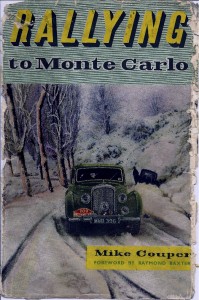
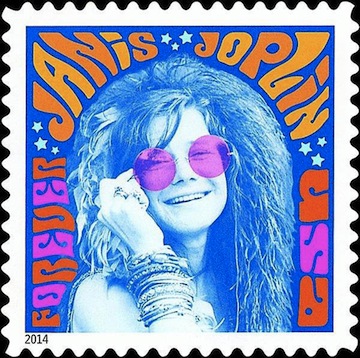
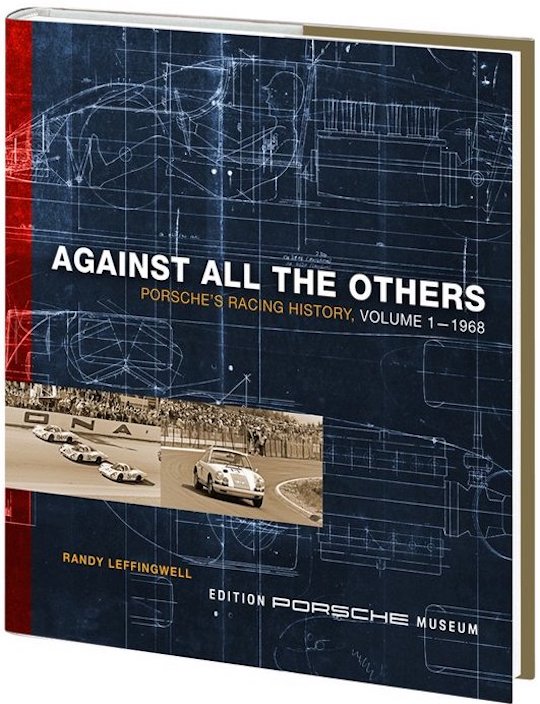
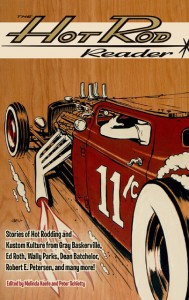

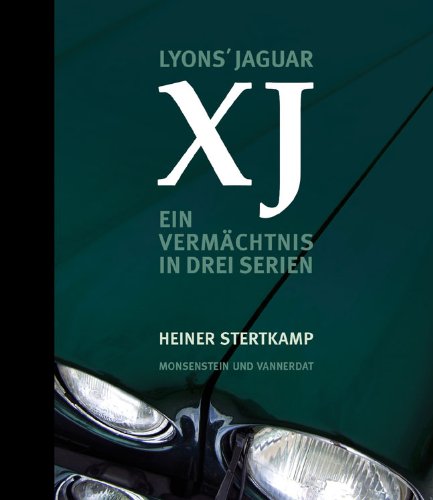
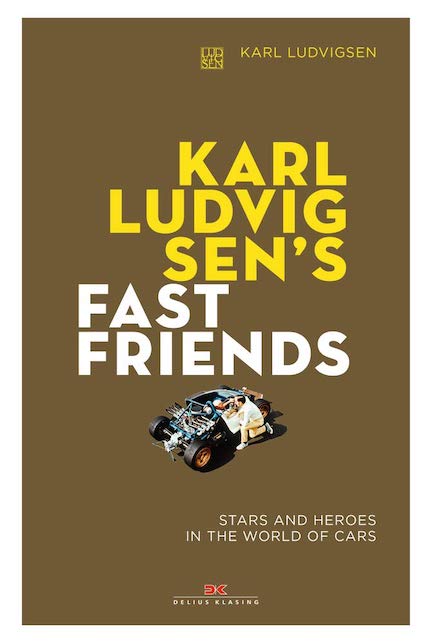
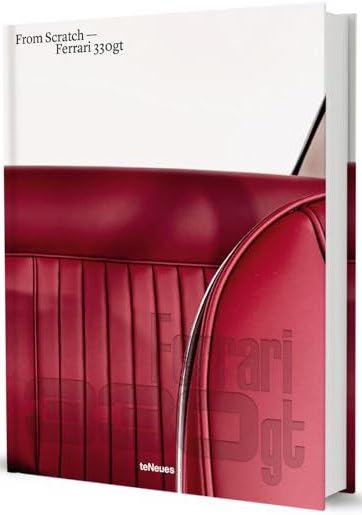
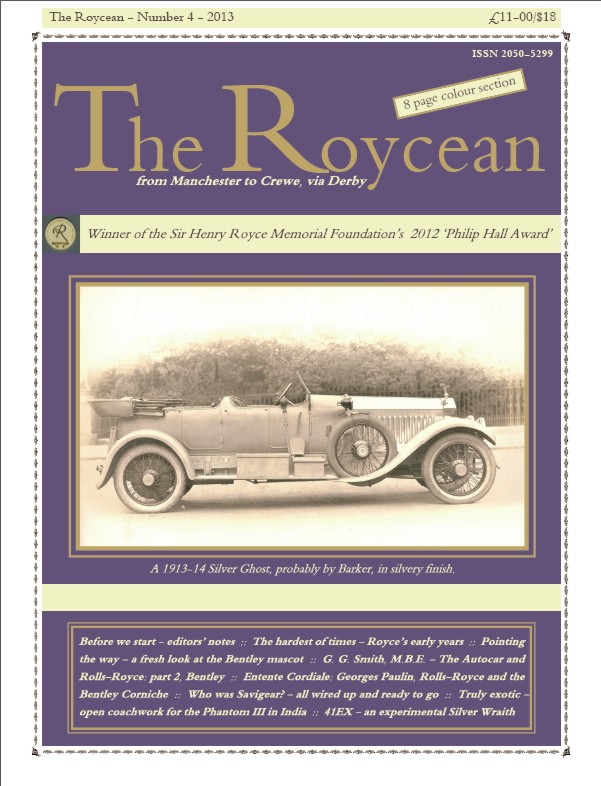


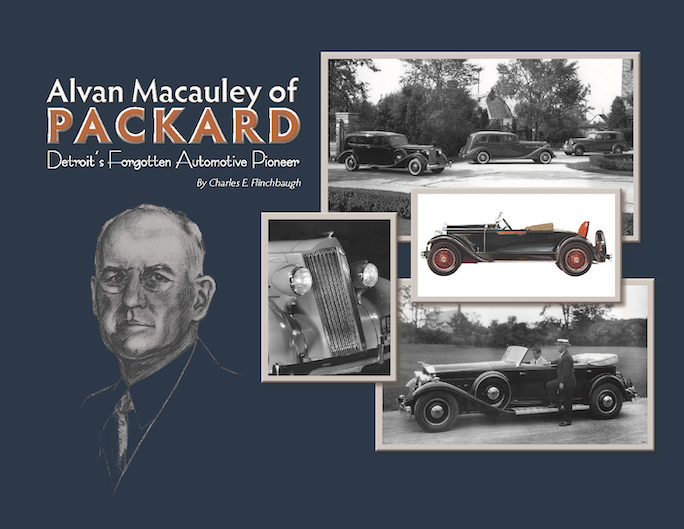
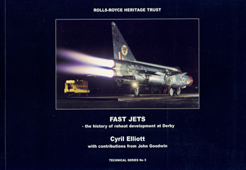
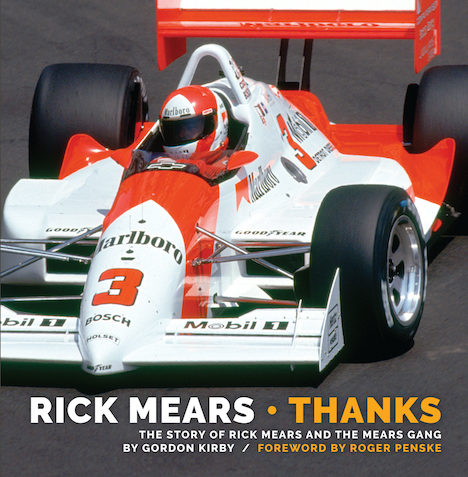
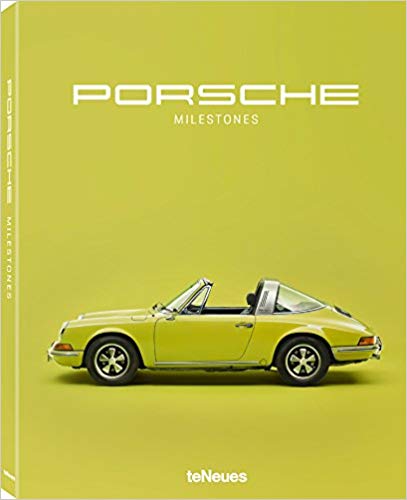
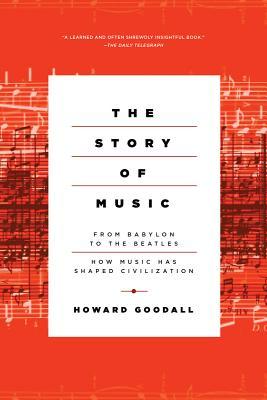
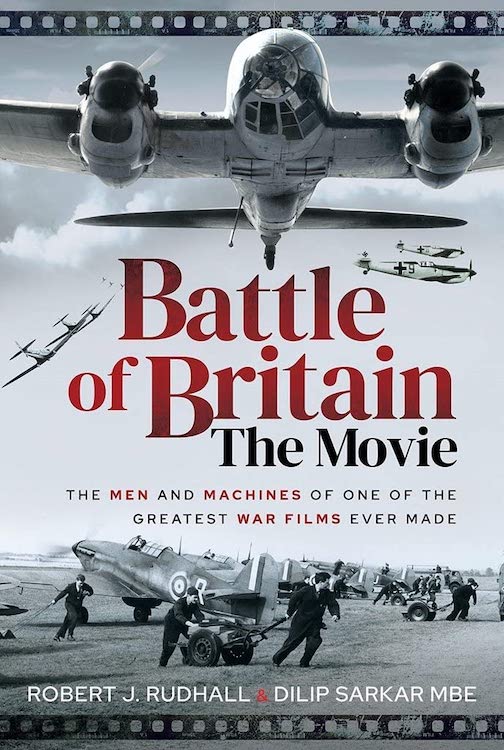

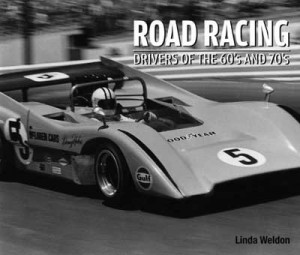

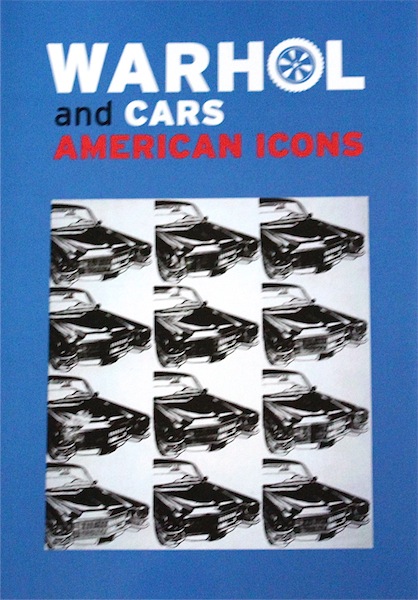

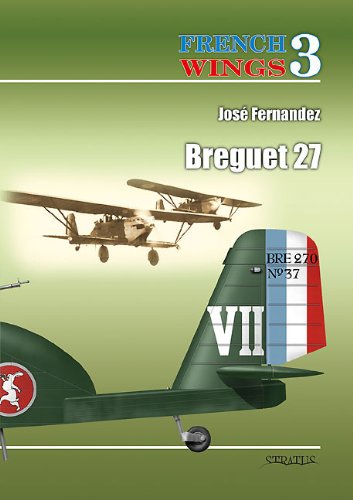
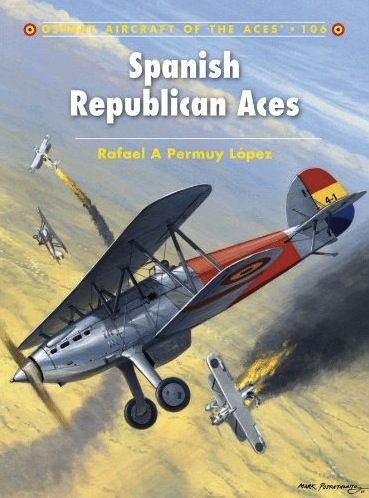
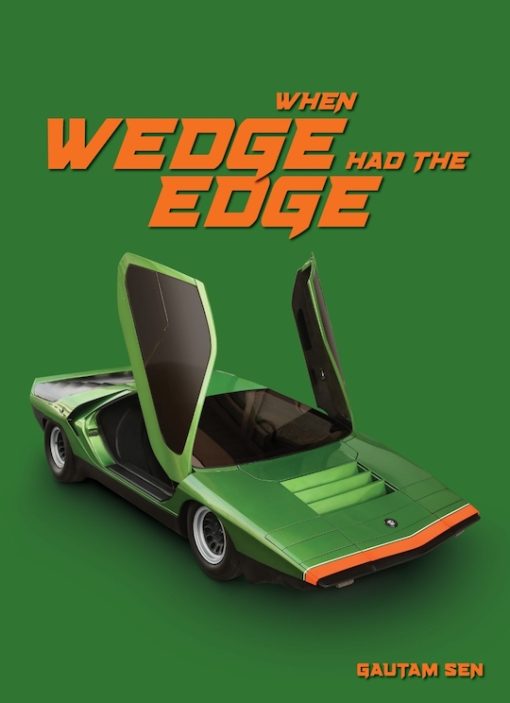
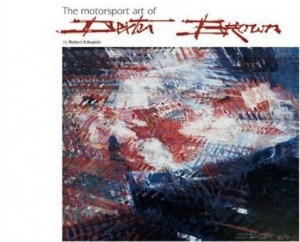
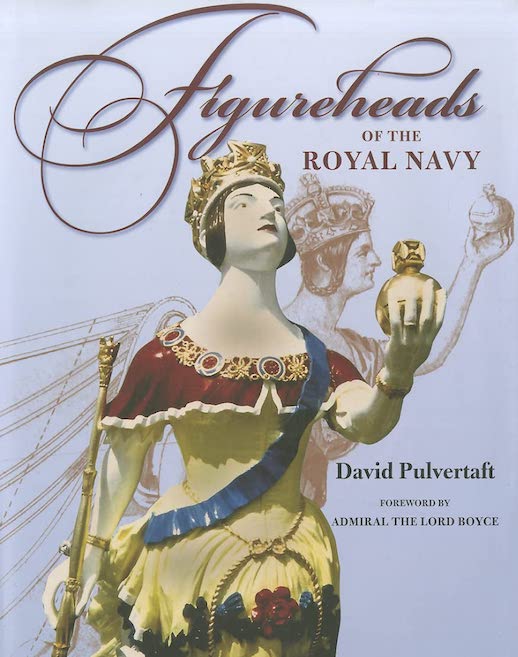
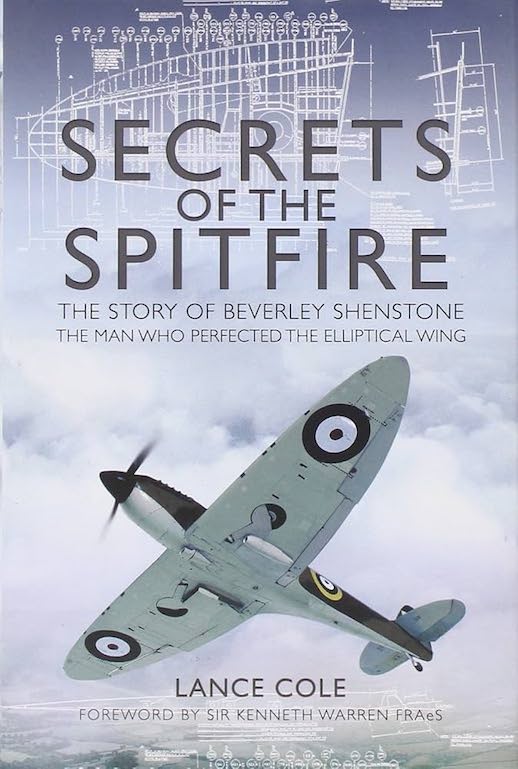
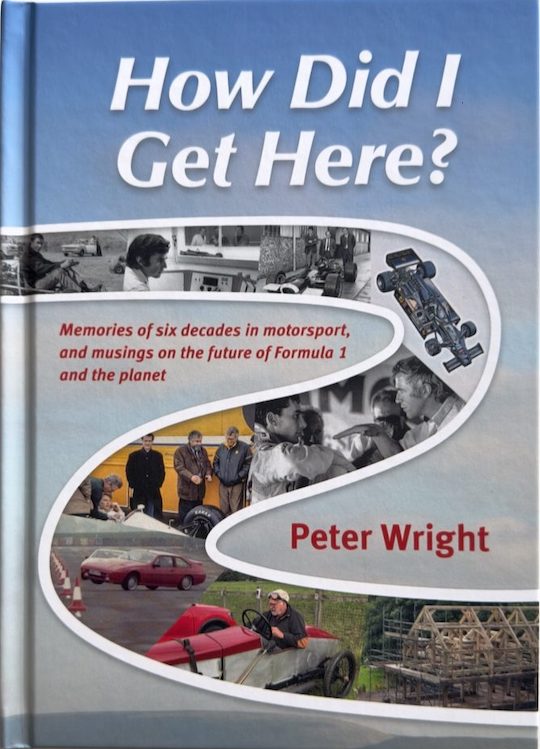
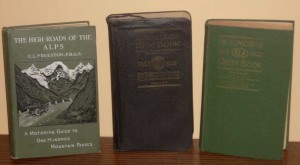
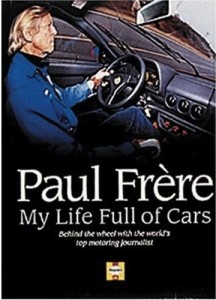
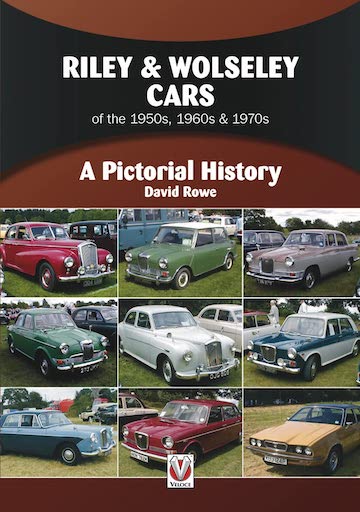
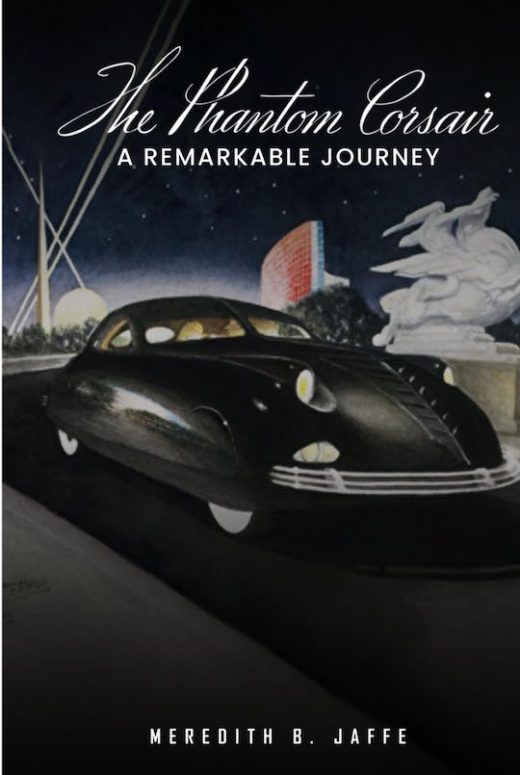
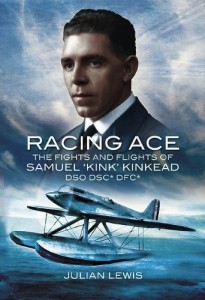
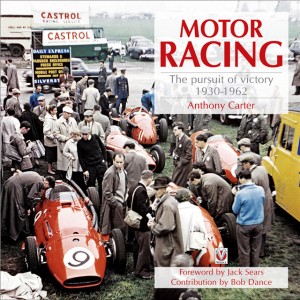

 Phone / Mail / Email
Phone / Mail / Email RSS Feed
RSS Feed Facebook
Facebook Twitter
Twitter